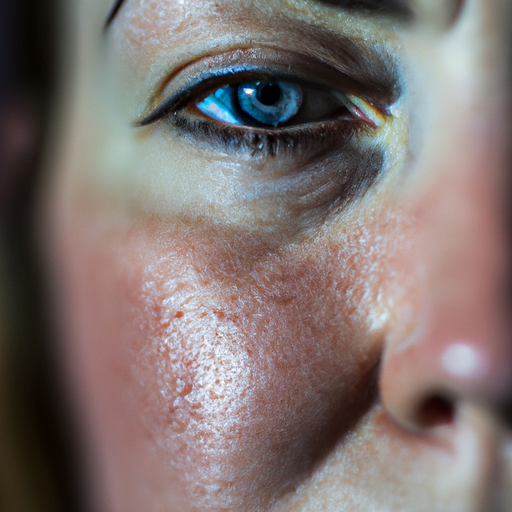As a dermatologist, I often encounter patients who are confused about the difference between skin hydration and moisture, and how to maintain a balance of both for healthy, glowing skin. Understanding your skin’s thirst and decoding its needs is crucial for effective skincare.
Firstly, let’s define these terms. Hydration pertains to the water content within your skin cells, which makes your skin look plump and luminous. Moisture, on the other hand, refers to the oil content on your skin surface that seals in hydration and prevents it from evaporating, giving your skin a smooth and soft texture.
When your skin lacks hydration, it appears dull, tight, and can show signs of premature aging like fine lines and wrinkles. Dehydrated skin is a condition that can affect anyone, regardless of their skin type. It is caused by various factors such as weather changes, unhealthy diet, lack of water intake, and excessive use of harsh skincare products.
On the other hand, when your skin lacks moisture, it feels rough, flaky, and can be prone to skin conditions like eczema and psoriasis. Dry skin is a skin type that is genetically determined. People with dry skin produce less sebum (natural oil) than normal or oily skin types, which makes it difficult for their skin to retain hydration.
Now that we’ve distinguished between the two, let’s discuss how to quench your skin’s thirst effectively.
For hydration needs, drinking plenty of water is the most straightforward solution. However, it’s not just about how much water you drink but also about how well your skin can hold onto it. Incorporating skincare products with humectants like hyaluronic acid or glycerin can help. These ingredients attract water to the skin and hold it there, providing a boost of hydration.
For moisture needs, using emollients and occlusives in your skincare routine can help seal in the hydration. Emollients, like plant oils and shea butter, soften the skin by filling in the gaps between skin cells with lipids (fats). Occlusives, like petrolatum and silicones, create a barrier on the skin surface to prevent water loss.
Remember, balance is key. Over-hydrating can lead to puffiness, while over-moisturizing can lead to clogged pores and breakouts. Listen to your skin and adjust your skincare routine accordingly.
For those with oily skin, you might think you need to skip moisturizers to prevent excess oil, but this is a common misconception. Your skin can still be dehydrated and require hydration. Opt for lightweight, non-comedogenic moisturizers that won’t clog your pores.
For those with dry skin, hydration is equally important as moisturizing. Look for products that combine humectants and emollients to provide both hydration and moisture.
In conclusion, understanding your skin’s thirst is about recognizing the difference between hydration and moisture needs. It’s about knowing that while all skin needs both hydration and moisture, the level of each depends on your individual skin type and condition. By decoding your skin’s thirst, you can tailor your skincare routine to meet its specific needs, leading to healthier, happier skin.




